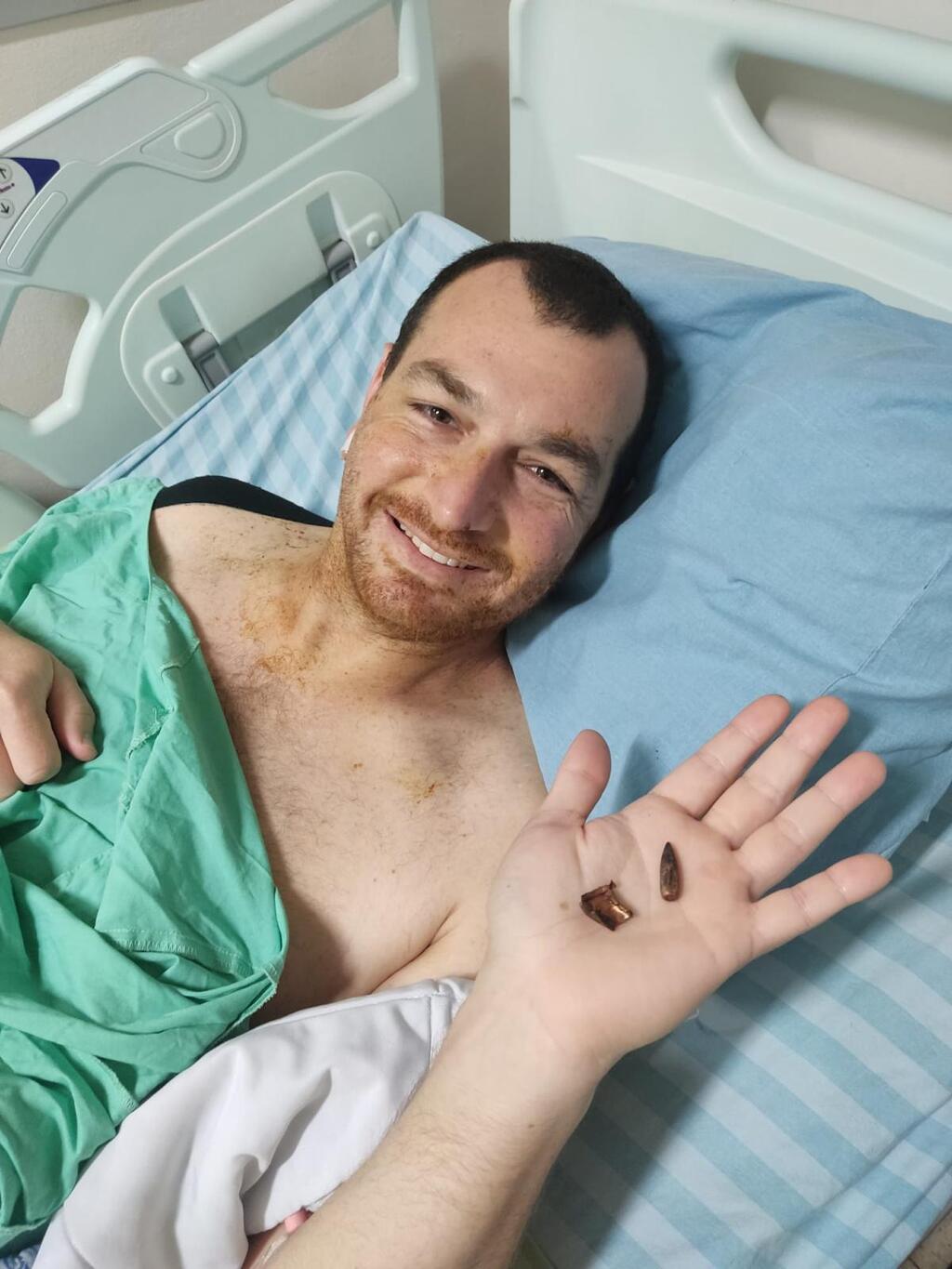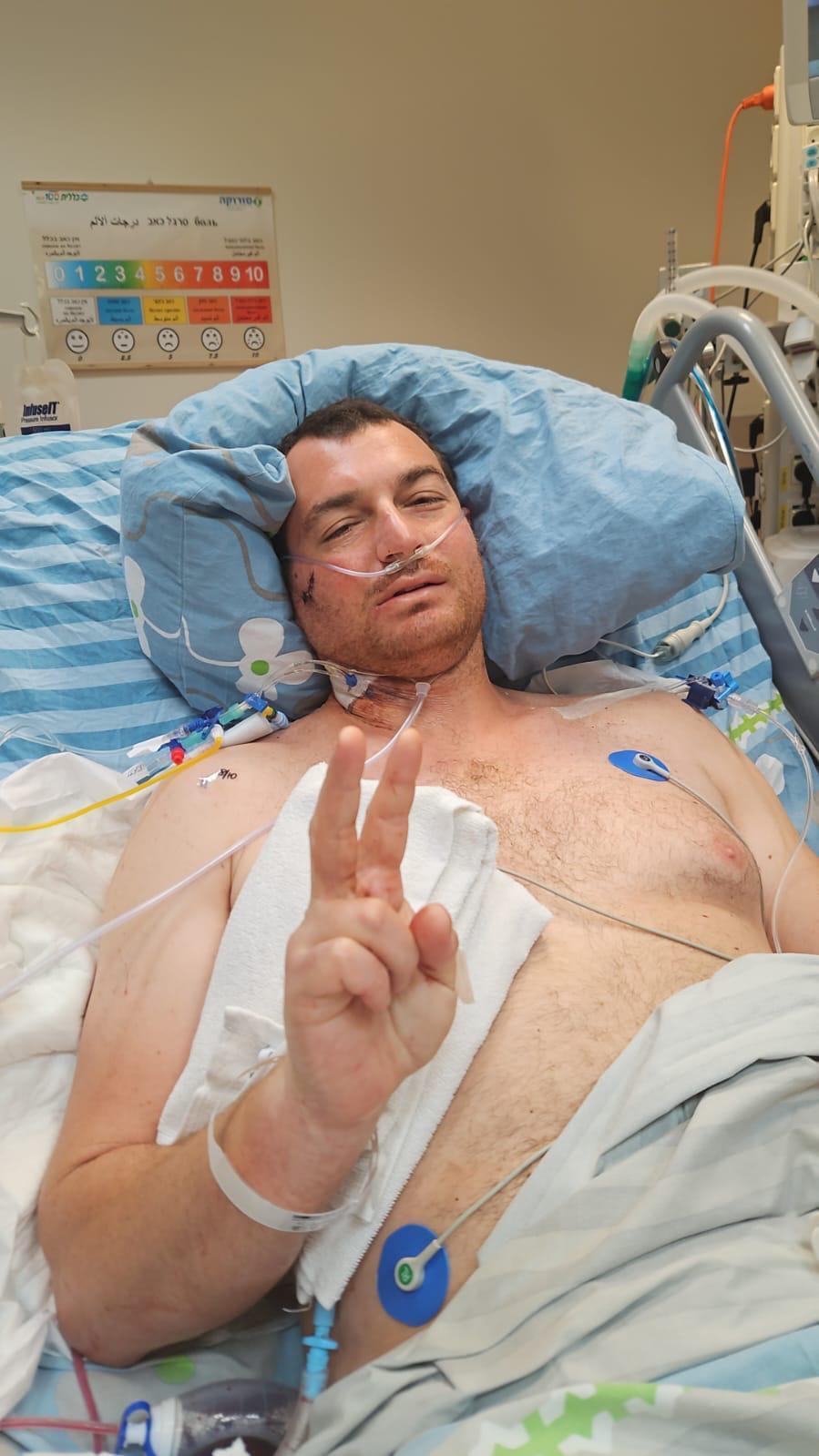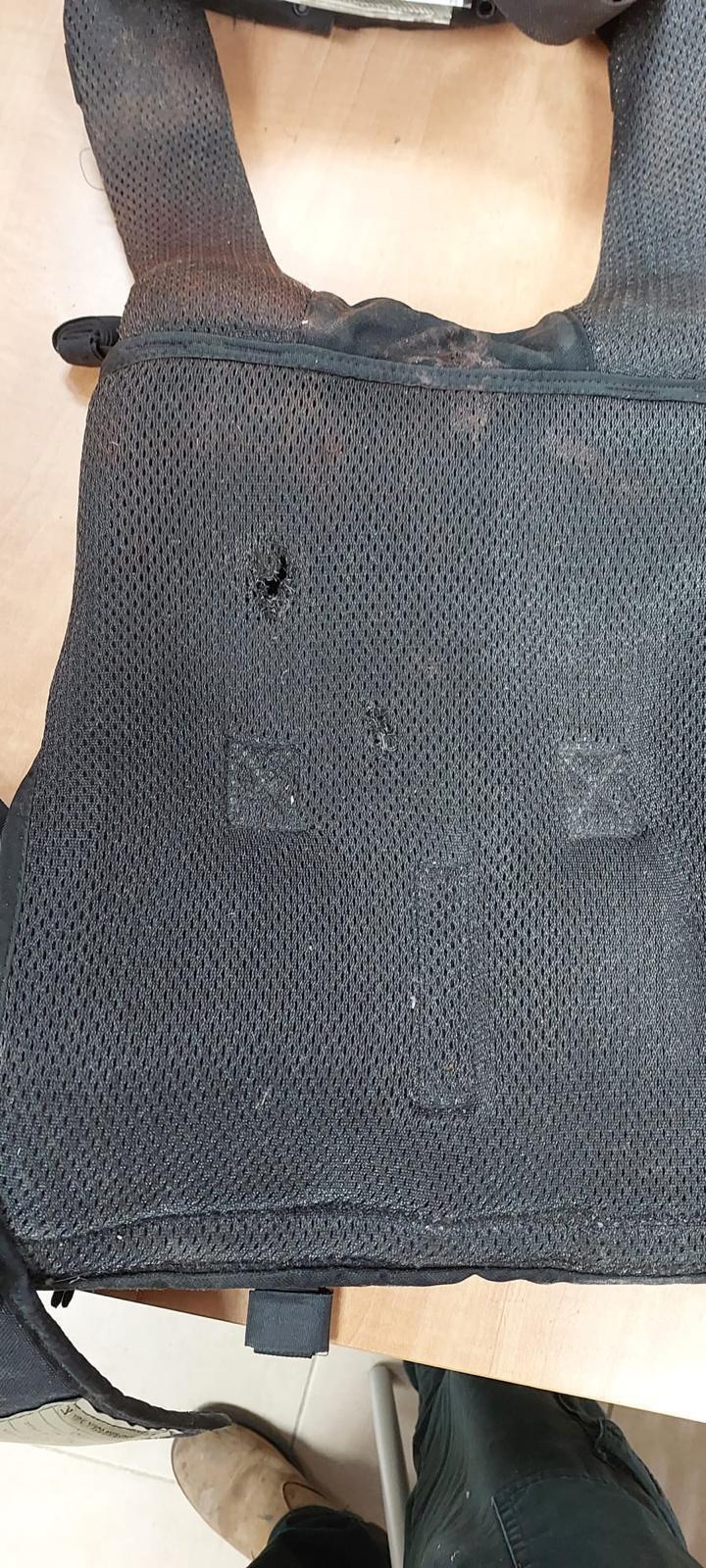"The most terrifying feeling I experienced in my life was the struggle to breathe after the bullet pierced my lung. I tried so hard to take another breath. The fight against suffocation was so relentless; I was sure it was going to kill me. It's unlike anything else and doesn't compare to any other pain. It's absolute helplessness. You're no longer in control of your body," says Eyal Young, a member of the alert squad of Kibbutz Alumim, who was seriously injured during a battle against Hamas terrorists on October 7 and rushed to Soroka Medical Center when he was between life and death.
Half a year later, he testifies that he recovered almost completely and reconstructs the circumstances of his injury and the extraordinary surgery he underwent, which saved his life.
Young, 37, who recently completed a master's degree in public administration with a focus on army and security at Bar-Ilan University, works at Elbit Systems in the field trials department. "That morning, we woke up at 6:30 from the rocket siren," he says, "we immediately entered the safe room, and due to the noise of the rockets, we didn't hear another siren." At some point, Young left the safe room and then saw messages on his phone sent by kibbutz members asking if he heard gunfire. "I returned to the safe room, and at 7:05, I received a message that terrorists on motorcycles were entering the kibbutz from the gate," he recalls.
As a member of the alert squad, he didn't waste any time. "I equipped my helmet, strapped on body armor, took out the rifle I had, including all the ammunition I had, and went outside," Young recounts. His wife, Reut, and their four children remained in the safe room: Shaked, 8, twins Daniel and Tamar, 6, and two-year-old Eitan.
"I asked my wife to accompany me to the entrance door and lock the house," says Young. "Outside, I met other members of the squad. We heard gunfire coming from the main entrance gate of the kibbutz and from the area of the cowshed.
"One of the squadmates and I headed toward the cowshed; we saw bullet marks on the building and identified Nepalese workers calling us to approach them. They had two dead and five wounded. I continued to search the area and try to locate more workers but found none. At 8:15, we headed toward the main entrance gate of Alumim, and from there, we continued to search in the kibbutz, which was suspiciously quiet."
"My squadmates split into pairs. Each pair had a designated area for searching," Young recounts. "We went from house to house, and after about an hour, we heard a deafening explosion and simultaneously received updates about terrorists rushing from our pool area, adjacent to the bypass road, into the kibbutz."
Young and some of his comrades engaged in a firefight with the terrorists. "There were more than 20 of them," he says. "We realized that with their numerical advantage, we couldn't engage in a firefight with them. So we decided to move to a different control area, near the kibbutz's pool. As soon as we arrived, a terrorist shot at me, and I was hit by shrapnel in my right cheek. I fired back and neutralized him. Another terrorist who saw the incident up close fired at me, and three bullets hit my body."
The first bullet passed through my shoulder, pierced the vest, shattered the scapula and six ribs, nicked one of my lungs, and exited a millimeter from the spinal column. The other two remained lodged in my back. I remained conscious, lying on the ground. "I lay there for what seemed like an eternity, filled with combat adrenaline, fearing death from the possibility that a terrorist would finish me," Young recounts. "I was spitting blood, and the suffocating sensation intensified."
His comrades removed his vest to ease his breathing and took him to the home of a kibbutz member. "She's a midwife by profession, and there were no suitable medical facilities in her house," he explains. "Fortunately, one of my squadmates is an ambulance driver and paramedic in Magen David Adom. He diagnosed me with a life-threatening condition called 'tension pneumothorax' – where air pushes the lung and its function deteriorates. He administered fluid resuscitation and then applied a chest seal dressing over the chest wound – a one-way valve dressing that allows air to escape."
Young was rushed to a nearby Magen David Adom station, and from there, he was transferred to a mobile intensive care unit in Soroka. The doctor who received him there was the kibbutz doctor, also the director of Soroka's trauma unit – Dr. Dan Schwartzfox: "I personally know every member of the kibbutz," the doctor says.
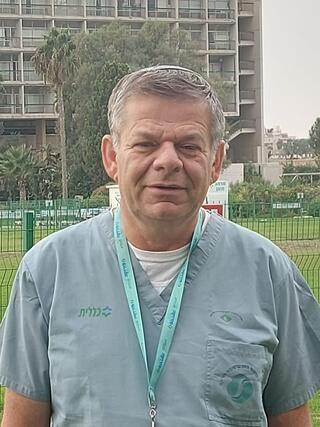 Dr. Dan SchwartzfoxPhoto: Rachel David
Dr. Dan SchwartzfoxPhoto: Rachel David"Three generations of the Young family are my patients – Eyal's parents, his family, and his children – so the report of his injury deeply affected me personally. I entered the trauma room and saw him unconscious, in deep shock, and in danger of his life. We immediately inserted a needle into his chest and airlifted him to the operating room."
"Young was one of our most severely injured on that day," recounts Prof. Yael Refaeli, head of the Thoracic Surgery Unit at Soroka. "I arrived after he had been anesthetized and his chest opened. The immediate need was to stop the bleeding from the lung that had lost its shape."
She faced a challenging professional dilemma. "On one hand," she describes, "we have a young man who was healthy until the injury, and if I remove his lung, he will likely adapt well with one lung. On the other hand, the second lung was damaged. I decided to preserve the lung through stitching, and only in hindsight did I realize that the procedure deviated from guidelines, as the conventional treatment in such a case was resection. But I am satisfied professionally as long as I saved his life without endangering him."
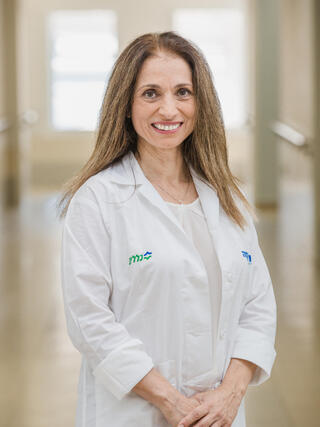 Prof. Yael RefaeliPhoto: Soroka Medical Center
Prof. Yael RefaeliPhoto: Soroka Medical CenterFollowing the success with Young, during the initial days of the war, Prof. Refaeli performed lung sutures for another 11 severely wounded. "An action that shortened the recovery time," she says.
After Young recovered from the procedure, he returned to Soroka for surgery to remove the other two bullets from his body. In the days that followed, it was discovered that 15 of his squadmates had managed to prevent a massacre in the kibbutz. However, three Israelis and 14 foreign workers from Thailand and Nepal were murdered.



